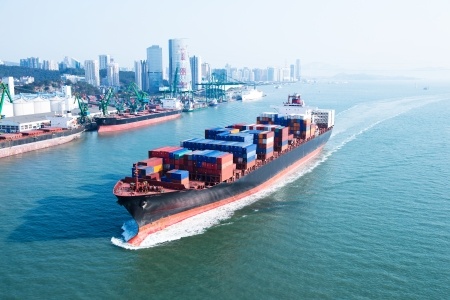Manage and Drive Down Costs in My Supply Chain
Rising fuel, Labour costs, and commodity prices can drive up costs for organisations that eventually get passed on to the end customer. Understanding and controlling the costs comes with its challenges to help manage and drive down costs in my supply chain.
1. Accurately Control Budgets and Reporting with Cost Transparency
Long-term cost planning needs transparency. Operations in the supply chain should give an overview on costs and their overheads in a shared way to allow for improved cost reporting and tracking. This reporting can be linked to financial metrics and provide early sight of cost leakage and other financial issues.
2. Strong Cost Controls Integrated Into Service Level Agreements and Contracts
For the best supply chains to work there is a need for a strong overall plan. cost controls, statements of work should all be mentioned in contract documents. Proper accountability should be built in with cost review processes into sourcing, manufacturing and logistics and proper accountability in other operations within third-party organisations and the supply chain team should not be over looked.
Demand Across Multiple Channels and Inventory Optimisation
Ways that businesses can buy goods has increased hugely. Managers of supply chains need to have an overview of each route to market with precise planning. Maintaining appropriate inventory levels, so channels do not run out of products is key.
3. Inventory Tracking and Distribution Channels
The demands of a supply chain can be hard enough when you only need to look at a handful of distribution channels. But third-party ecommerce, marketplaces, drop-shipping and wholesalers make everything far more tricky. Create clear reporting for supply chain managers that highlight demand and supply planning across all areas. The ability to raise orders and track inventory before stock levels become a problem means that there is no risk of empty stock levels.
Quality and Speed
Efficiency is always the Pied Piper of Supply Chains. Excellent supply chain managers will bring in more and more improvements to heighten quality and get rid of delays and bottlenecks
4. In-House Verification and Quality Checking
Have a good idea on the quality and condition of raw materials, parts and finished products as they move through your supply chain. Independent audits alongside monitoring devices and quality checkpoints allow products to be sourced and manufactured to your precise standards. Allow for Service Level Agreements (SLA’s) and clear documented standards in contracts.
5. Follow Transportation of Goods Integrating it with Your Supply Chain
GPS allows you to track goods wherever they are in the globe. Allowing supply chain managers to know the whereabouts of goods at any point and can help future organisations to prepare for delivery and ongoing processing.
6. Create Ongoing Improvements In the Supply Chain Process
Data analysis of supply chain metrics to create improvement. You can collect data on quality, price, speed or any other key metrics to drive down waste or drive up efficiency. With improvements to the processes in the supply chain, you can have on-going analysis of data so that you can understand the day-to-day impact of changes and build upwards.
Issues in the Supply Chain, Management and Risk
Issues that can occur include:
- Customs Processing Delays, Tariffs and Fees
- Environmental issues (like Covid 19), Political Risks and Economic risks which can impact the free flow of goods
- Regulatory Failures or Demands from Compliance
- Storage Delays and Port hold-ups or Transportation Issues
Problems can be too large for a single company to overcome, so it’s essential that supply chain managers have the attitude, approach and tools to manage around and guard against risks.
7. Keep an Eye Out For Early Signs of Potential Problems
Risk management is another area where supply chain transparency is essential. Create a single source of shared information, where you can analyse data throughout the supply chain. Use this database to create plans, set limits and track orders in detail and see possible issues before they become a bigger problems.
8. Develop Reliable Relationship Management Frameworks
Frameworks for clarity and communication through the supply chain is important and will help supply chain managers and other organisations to collaborate more closely. Governance of relationships will be covered in contracts and level agreements. Excellent one-to-one relationship management will increase positive business karma and help you solve problems. Suppliers, manufacturers, logistics and other third parties should aim to form strong long-term relationships
9. Alleviate Problems and Plan for Emergencies
Create plans for issues which may arise with real accountability so that you can reply to urgent supply chain issues immediately. Form contingency plans and create back-ups to strengthen the supply chain. Categorise risks in the supply chain in terms of potential set backs and impact and have an idea of what to do in an emergency. Create fail-safes in the supply chain like contingency manufacturers and suppliers, alternative transportation provisions, over-supply storage and other trouble shooting contingencies.
For more information about Ways to Manage Change and Drive Down Costs in Your Supply Chain Visit Our FAQ‘s Page
